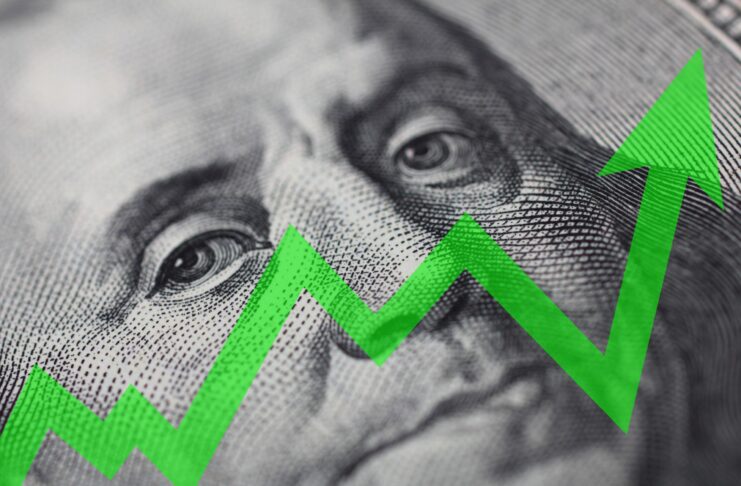The Bureau of Labor Statistics issued its inflation data for June and the figures were worse than expected, with headline inflation reaching 9.1 percent – a level last seen in 1981:
…the numbers seemed to counter the narrative that inflation may be peaking, as the gains were based across a variety of categories.
“CPI delivered another shock, and as painful as June's higher number is, equally as bad is the broadening sources of inflation,” said Robert Frick, corporate economist at Navy Federal Credit Union. “Though CPI's spike is led by energy and food prices, which are largely global problems, prices continue to mount for domestic goods and services, from shelter to autos to apparel.”
If rising prices weren't enough, falling incomes made the pain even worse:
For workers, the numbers meant another hit to the wallet, as inflation-adjusted incomes, based on average hourly earnings, fell 1% for the month and were down 3.6% from a year ago, according to a separate BLS release.
Which means that workers are losing ground to higher prices. It also means the Federal Reserve has a clear path to raise interest rates by 0.75% at its meeting on July 26-27.
And as I've noted before, higher rates mean higher costs for just about everything – from your credit card bill to Uncle Sam's interest payments on the federal debt.
Still, some folks think there are glimmers of hope for more stable, and perhaps even somewhat lower, inflation in the future:
Gasoline prices have come down from their June peak, with a gallon of regular falling to $4.64, a 4.7% drop for the month, according to Energy Information Administration data.
The S&P GSCI commodities index, a broad-based measure of prices for multiple goods, has fallen 7.3% in July, though it remains up 17.2% for the year. That has come as wheat futures have fallen 8% since July 1, while soybeans are down 6% and corn is off 6.6% during the same period.
Part of the reason for these price retreats? A fear of recession, which destroys demand and deflates prices.
One place where demand is slowing very rapidly? Computer chips. The commodity-like product the federal government wants to give more than $52 billion in taxpayer subsidies has rapidly shifted from widespread shortages to a glut in certain sectors. That's deflationary – bad news for producers (and bureaucrats trying to kickstart a national industrial policy in chips). But good news for consumers.
Another possible ray of good news? Estimates for gasoline demand in the U.S. are falling:
The country's gasoline demand is now expected to reach 9.07 million barrels per day in July, down 2.2% from the June forecast and 4.8% from the amount consumed in July 2019, before the pandemic, according to the latest Short-Term Energy Outlook from the Energy Information Administration. The forecast shows the extent to which high prices are changing Americans' driving habits.
Amazing how quickly consumers react to market conditions, isn't it? There's a lesson here for politicians – particularly those who have blamed everything under the sun for higher prices…except government spending and Federal Reserve money printing for today's inflation.
The opinions expressed in this article are those of the author and do not necessarily reflect the positions of American Liberty News.
READ NEXT: Senate Democrats Unanimously Vote With China to Downsize US Economy >>


